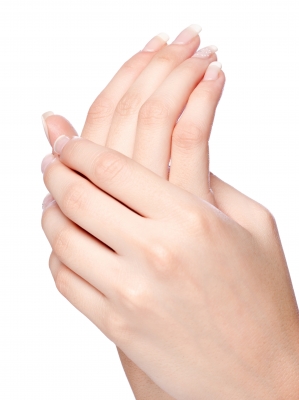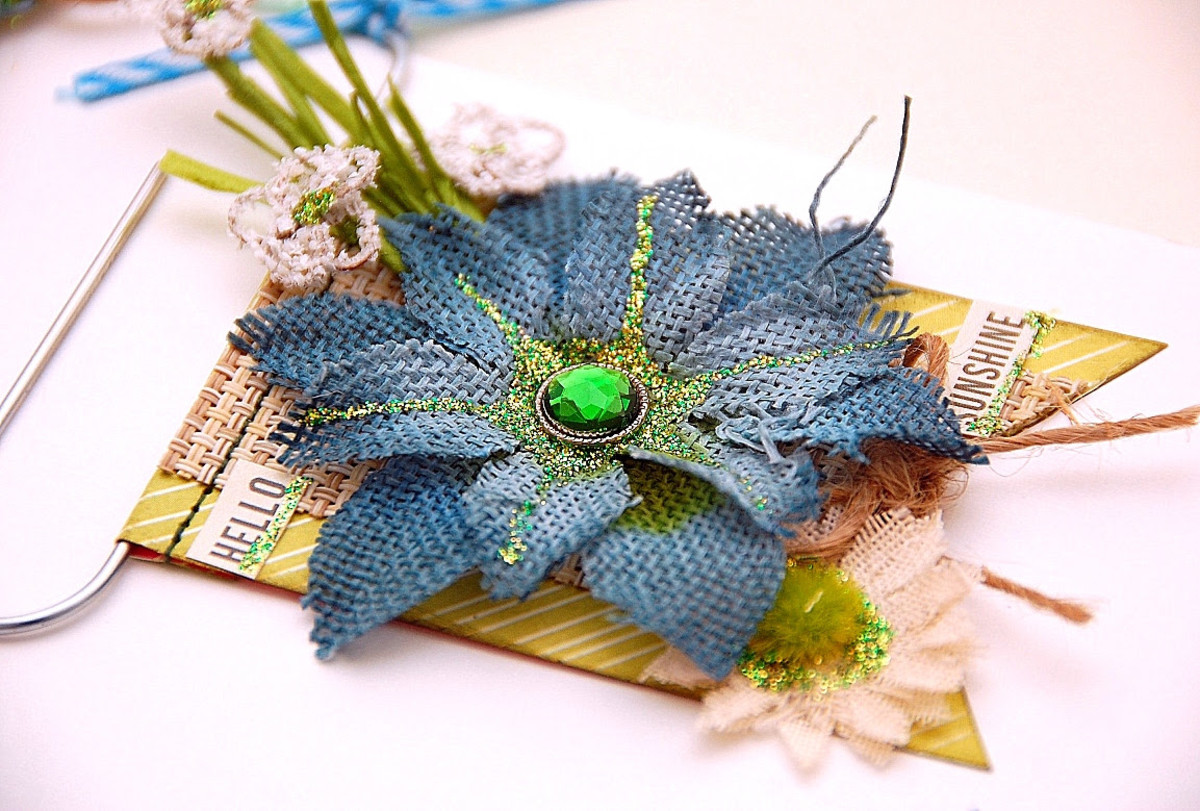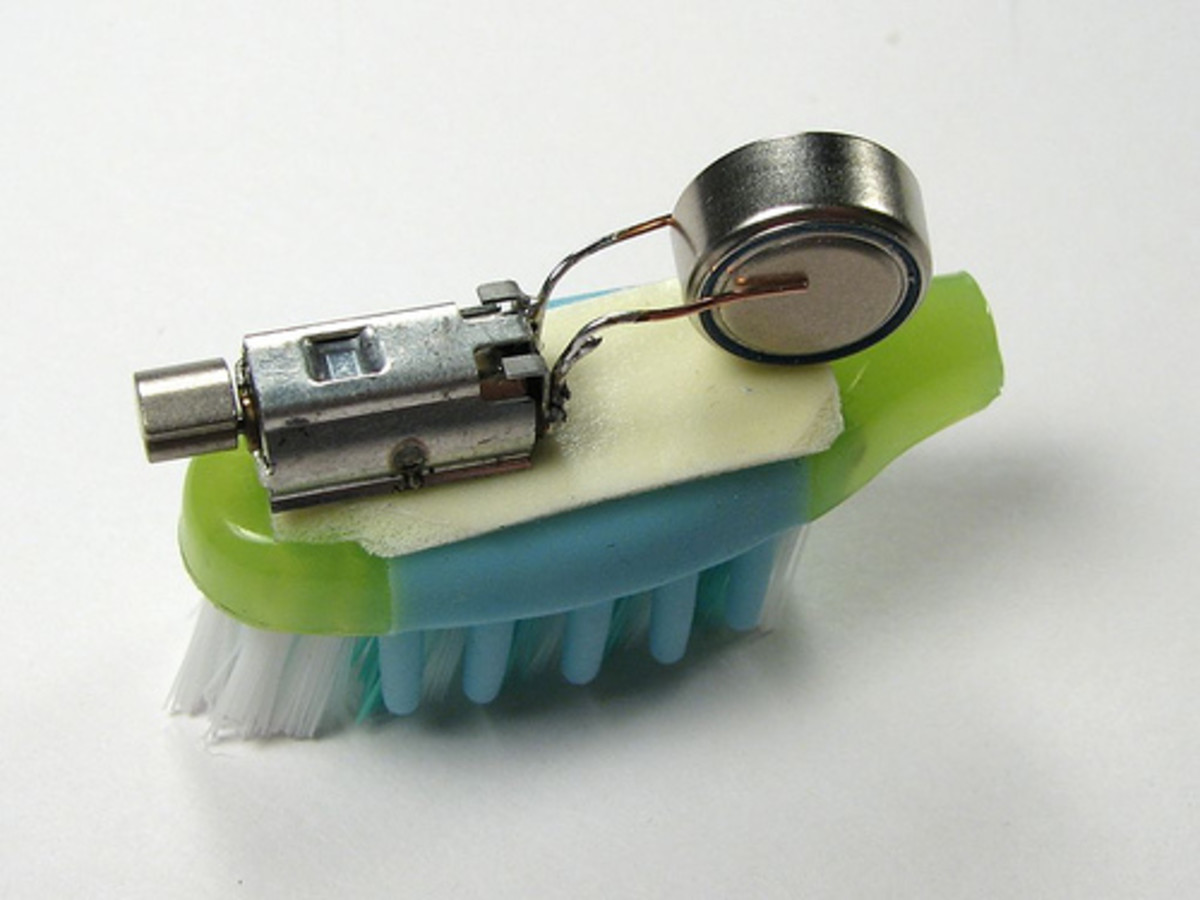Testing Nerve Sensitivity {an Activity for Kids}

Your body is made up of several "systems" that help everything work together. Ever heard of your digestive system?- that helps you process the food you eat.
One of the lesser-known systems is the nervous system, which sends messages (such as pressure, heat and pain) from your skin to your brain. But just how sensitive if your nervous system?
Sure you may need to be a neurologist to really understand the in’s and out’s of how the nervous system works, however you can learn a lot about how sensitive our body is with a few simple office supplies, a friend, and a few spare minutes.
What You'll Need:
- 5 index cards
- 11 large paperclips
- Tape
- Ruler
Setting Up the Experiment:
1. Partially unbend all of the paperclips.
2. Position one paperclip to center of the index card to that the unbent portion sticks down at least 1 centimeter from the bottom of the card. Secure the paperclip to the card with tape.
3. Position two paperclips .5 centimeters apart from each other, allowing the unbent portion to stick down at least 1 centimeter from the bottom of the card. Secure the paperclips to the card with tape.
4. Position two paperclips 1 centimeter apart from each other, allowing the unbent portion to stick down at least 1 centimeter from the bottom of the card. Secure the paperclips to the card with tape.
5. Position two paperclips 1.5 centimeter apart from each other, allowing the unbent portion to stick down at least 1 centimeter from the bottom of the card. Secure the paperclips to the card with tape.
6. Position two paperclips 2 centimeter apart from each other, allowing the unbent portion to stick down at least 1 centimeter from the bottom of the card. Secure the paperclips to the card with tape.
7. Position two paperclips 2.5 centimeter apart from each other, allowing the unbent portion to stick down at least 1 centimeter from the bottom of the card. Secure the paperclips to the card with tape.
8. Create a chart with the following sections: upper arm, forearm, palm, and fingertips.
How to Test Sensitivity:
1. Ask your friend to sit down next to a table with arm resting on the table, palm up. Have your friend close his or her eyes.
2. Grasp an index card— pick up at random— and gently touch your friend’s arm (at a random place) with the tip of the paperclip.
3. Ask your friend if he thinks you used an index card with one or two paperclips.
4. Record the location of where you tapped your friend, and if their response was correct or incorrect.
5. Analyze the chart to determine what part of your friend’s hand is most sensitive.
Extra Credit
Interested in nerve sensitivity even more, consider recording how accurate your friends responses are based upon the special difference between the paperclips.
Consider checking different parts of your body, such as your feet, upper arms.
The Findings:
You’ll likely discover that your friend is most accurate (guessing that there are two paperclips) when the paperclips are spaced farther apart.
You’ll also likely find that your friend’s fingertips are the most sensitive to touch (and that their answers are most accurate).
So whether you just have a natural curiosity of the human body, are looking for a fun science fair topic, or are just bored on a cold winter’s day, you (and your child) can have fun while learning.
RESOURCES
http://pbskids.org/zoom/activities/sci/sensitivitytester.html
http://askabiologist.asu.edu/experiments/nerves
“Experiments for Future Scientists: Health Science Experiments” by Aviva Ebner. 2011, pp 31-36, 116.





